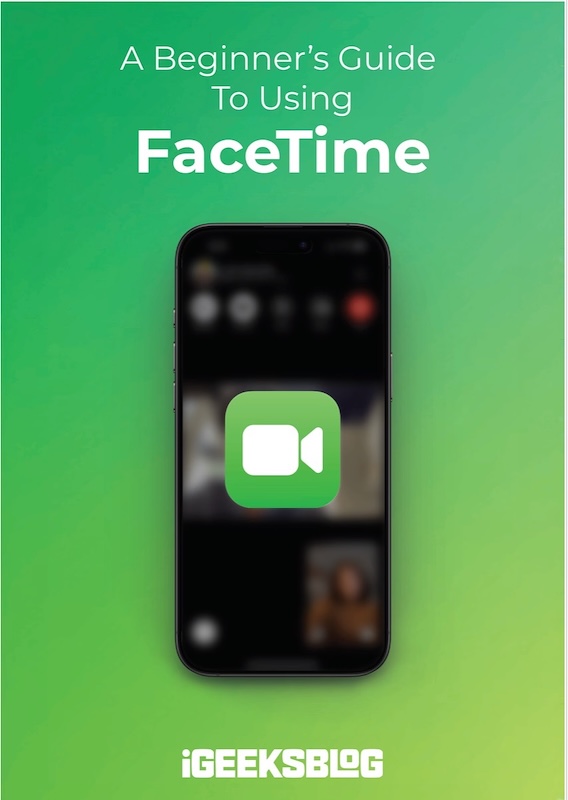
FaceTime Like a Pro
Get our exclusive Ultimate FaceTime Guide 📚 — absolutely FREE when you sign up for our newsletter below.

FaceTime Like a Pro
Get our exclusive Ultimate FaceTime Guide 📚 — absolutely FREE when you sign up for our newsletter below.
OpenAI’s GPT-5 is here with smarter reasoning, safer responses, and full app-building abilities. Now default in ChatGPT, it comes in 4 variants, including a Pro model.
OpenAI has officially launched GPT-5, and yes, it’s already your new default in ChatGPT. The rollout went live on August 7, and whether you’re a free user or on the Plus, Pro, or Team plan, you’ll get access within a week.
This new version can build entire apps from a single prompt, handle more tasks on your behalf with agentic capabilities, plan complex workflows, have more human-like voice conversations, and help you understand long, detailed documents or processes.
That’s not all, let’s dive deeper.
As expected, we are seeing 4 variants of the GPT-5 model. However, instead of a dedicated chat model, OpenAI has introduced the Pro model:
These are the specific improvements OpenAI highlighted during the livestream, areas where GPT-5 is expected to outperform its previous models.
In the demo, GPT-5 built a full-on game from a vague prompt. Sound, NPCs, logic and everything. Want to make a journaling app? A personal API? Something you can actually ship? Just describe it vaguely, and it starts building.

Developers get free-form function calling (no rigid JSON), better context handling with 256K tokens, and UI generation in React or Tailwind from messy prompts. It even helps debug large codebases in a single go.
GPT-5 isn’t a doctor, but it can break down your lab report, prep you for appointments, or explain medical results clearly, tailored to your region, age, and knowledge level.
On the HealthBench Hard test, GPT-5 had a hallucination rate of just 1.6% compared to 12.9% for GPT-4o. And if something is outside its scope, it explains that clearly instead of guessing.
You also don’t need to manually select a mode anymore. GPT-5 includes a new routing system that automatically picks how to respond: simple questions get quick answers. For complicated ones, it takes time to reason and then respond.
GPT-5 blends deep reasoning with general skills and shows it in the numbers. On GPQA Diamond, a benchmark made up of tough PhD-level science questions, it scored 89.4% on the first try, beating Claude Opus 4.1’s 80.9% and Grok 4 Heavy’s 88.9%.
Safety is a core part of GPT-5’s design. The model now uses something called safe completions. Instead of shutting down with a vague “I can’t help with that,” GPT-5 tries to give you the most useful response it can, within clear safety boundaries. And when it can’t, it tells you why.
To make that work, OpenAI did months of red-teaming with researchers and policymakers. The model was tested for jailbreaking, misinformation, privacy issues, and dangerous advice. And it doesn’t stop there, GPT-5 continues to learn from real-world use and adapts with ongoing feedback.
OpenAI is also actively working with global regulators, including the U.S. AI Safety Institute, to set industry standards.
Here’s what OpenAI officially claims GPT-5 improves on:

It also supports Gmail and Google Calendar integrations (rolling out to Pro users first), voice conversations with adaptive tone, and soon, a unified voice
Developers and enterprise testers are already using GPT-5 in production. Here’s what they’re reporting:
Companies are already saving time, writing better code, and using GPT-5 to accelerate workflows.
GPT-5 is now the default for all ChatGPT users. Here’s what access looks like:
On paper, GPT-5 outperforms previous models and rivals like Gemini, Claude, and Grok. But we’ll need to test it in real-world scenarios to know how much better it actually is.
Early testers say it plans better, adapts to your style, and works more like a partner than a tool. Even Sam Altman said switching back to GPT-4 “felt miserable.”